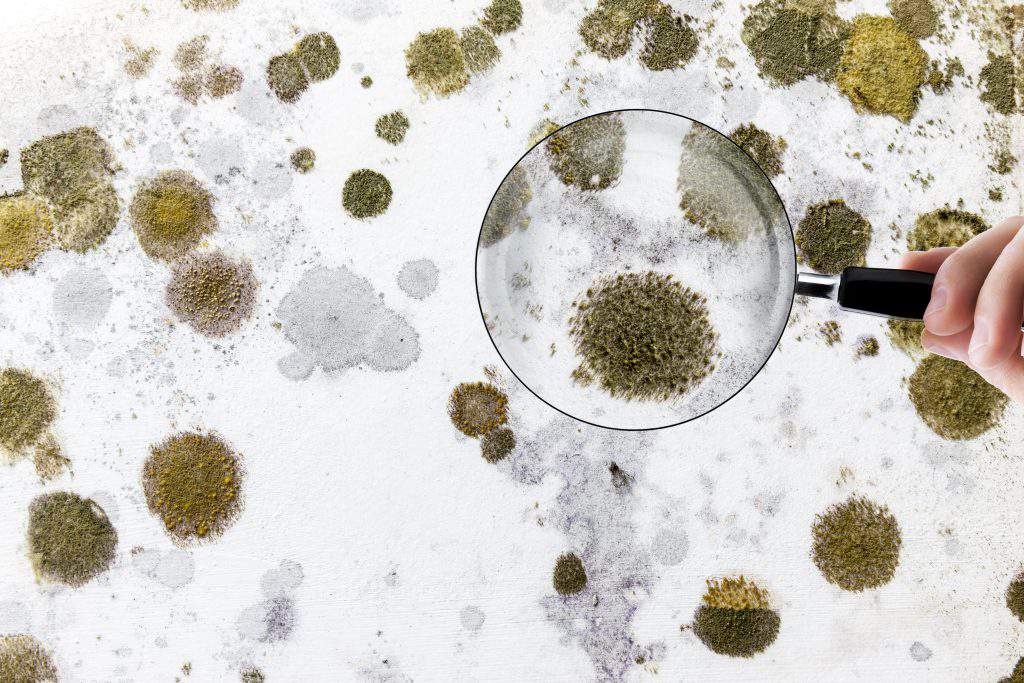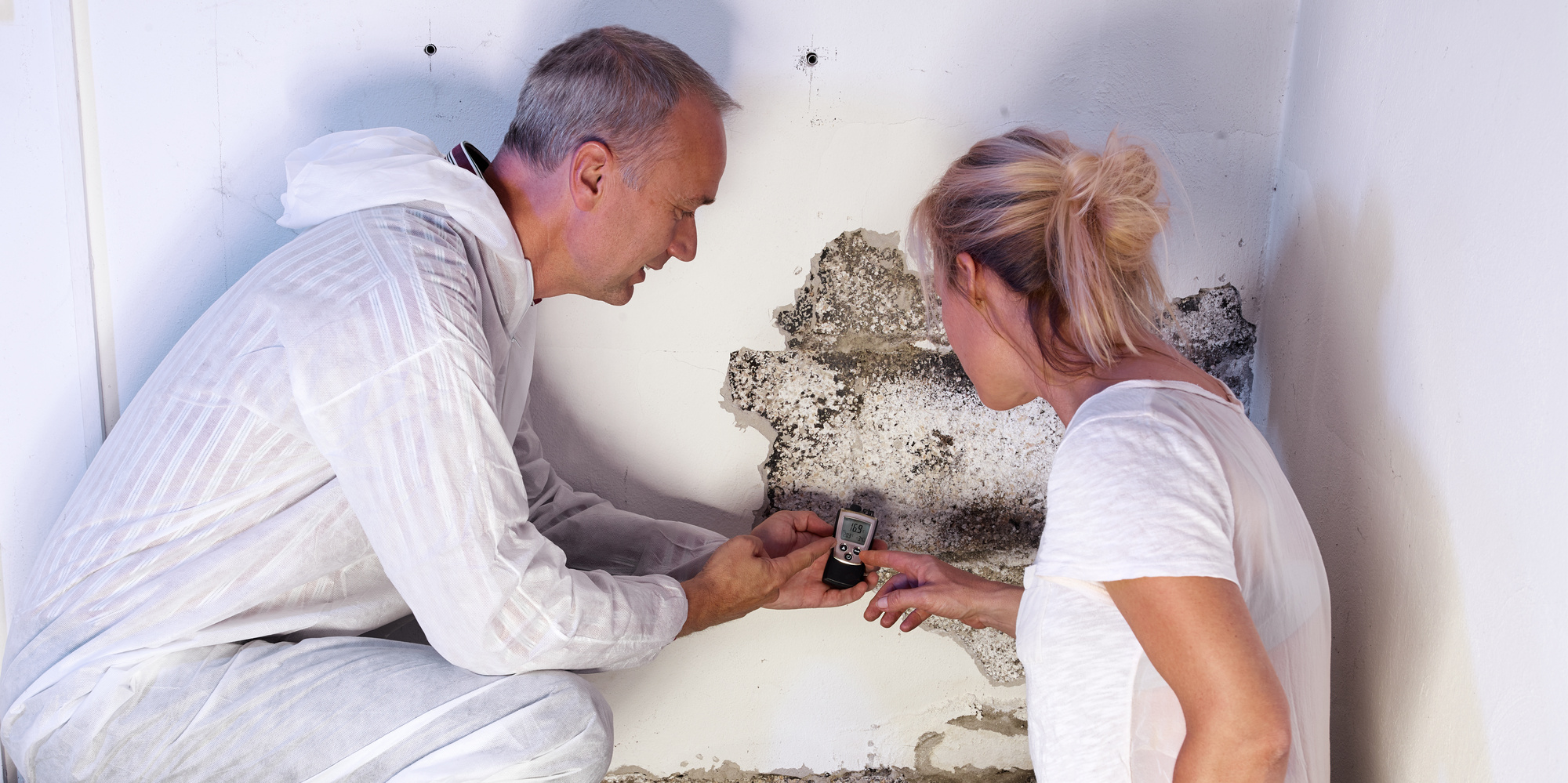Crucial Actions After Mold Remediation
Wiki Article
Secret Steps for Successful Post Mold And Mildew Removal
Addressing mold and mildew problems in a prompt and efficient manner is essential for maintaining a healthy and balanced interior setting. Efficiently finishing mold remediation is a complex procedure that needs interest to detail and adherence to specific methods. From checking treated locations to implementing moisture control steps, each action plays an important role in making sure the effectiveness of the removal process. There are essential post-remediation steps that are equally essential yet often overlooked. These steps not only verify the success of the removal efforts yet additionally add to stopping future mold and mildew development.Assessment of Treated Areas
Upon completion of the mold and mildew remediation process, a complete assessment of the treated locations is important to ensure the efficiency of the removal initiatives. This evaluation acts as a critical action in the post-remediation stage to validate that the mold and mildew elimination and clean-up procedures succeeded in removing the mold problem and bring back a safe indoor environment. The evaluation must be performed by certified specialists who have the proficiency to evaluate the remediated areas thoroughly.These consist of visual assessments to check for any indicators of mold growth or water damage, dampness levels to validate that the area is complimentary and dry of excess moisture that might advertise mold re-growth, and air top quality testing to ensure that the interior air is risk-free to take a breath. Furthermore, the inspection might involve using specialized devices such as moisture meters and thermal imaging video cameras to find concealed mold or moisture pockets that can lead to future mold and mildew issues if left unchecked.

Wetness Control Actions
Efficient dampness control measures are necessary for avoiding mold development and keeping a healthy and balanced interior environment. Furthermore, utilizing dehumidifiers in moist locations can assist minimize moisture degrees, making it harder for mold to thrive.Regularly examining and preserving the structure's outside can additionally protect against dampness breach. testing air quality after mold remediation. Guaranteeing that gutters are clear, downspouts direct water away from the foundation, and the roof covering is in good condition can aid prevent water from leaking right into the building. Effectively securing doors and windows can also assist maintain wetness out
In situations where water damage occurs, prompt activity is essential. Any leaks or spills should be cleansed and dried within 24-48 hours to stop mold growth. Using dampness meters can aid discover surprise resources of water and make sure extensive drying out. By applying these wetness control actions, the danger of mold and mildew repeating can be substantially reduced, producing a healthier indoor environment.
Correct Ventilation Evaluation
An integral element of making certain a healthy interior atmosphere post mold removal is performing an extensive analysis of the air flow system. testing air quality after mold remediation. Proper ventilation evaluation plays a crucial role in avoiding future mold development and keeping air quality within the affected space. During the evaluation, experts review the efficiency of the ventilation system, looking for any type of obstructions, leaks, or malfunctions that could hinder correct air movement. It is important to ensure that the air flow system is appropriately sized for the area it serves which it fulfills market standards for air exchange rates.Additionally, assessing the air flow system includes examining the circulation of air throughout the location to determine any kind of locations of bad circulation where moisture and impurities can build up. Correct ventilation not just helps in managing humidity degrees however also help in removing airborne mold and mildew spores and other pollutants, thereby boosting general indoor air high quality. By dealing with any kind find out here of ventilation concerns publish mold and mildew removal, homeowner can create a much healthier and much more comfy environment for passengers while reducing the risk of mold re-infestation.
Cleansing and Disinfection Protocols
To make sure detailed mold remediation, thorough adherence to certain cleaning and disinfection methods is critical. Cleansing and disinfection protocols play an essential function in the post-mold removal stage to avoid the reappearance of mold and mildew growth and ensure a healthy and secure atmosphere.After the initial cleansing, extensive disinfection of the impacted areas is needed to kill any kind of remaining mold and mildew spores and inhibit their green mold removal tips spreading. This step is critical in stopping the spread of mold to various other components of the residential or commercial property. In addition, executing safety nets such as using mold and mildew inhibitors and keeping proper air flow can help decrease the threat of future mold and mildew infestations. By adhering to stringent cleansing and disinfection methods, homeowner can make certain the successful obliteration of mold and mildew and develop a healthy and balanced interior environment for owners.
Monitoring and Maintenance Plan
Applying a routine monitoring and upkeep strategy is vital for ensuring the lasting effectiveness of mold and mildew remediation initiatives. Once mold and mildew remediation is finished, it is essential to develop a monitoring timetable to assess the success of the removal process.Furthermore, establishing an upkeep strategy read here is crucial to preventing future mold and mildew issues. Routine maintenance not only assists in stopping mold and mildew however likewise contributes to preserving a healthy indoor environment - Post Mold Remediation Report.
Verdict
In final thought, successful article mold and mildew remediation entails comprehensive examination of treated areas, execution of wetness control actions, evaluation of correct ventilation, adherence to cleansing and sanitation procedures, and facility of a monitoring and upkeep strategy. These essential actions are necessary to guarantee that mold and mildew growth is efficiently removed and avoided from reoccuring in the future. By following these standards, homeowner can keep a healthy and balanced and risk-free setting for occupants.Upon completion of the mold and mildew remediation procedure, a complete inspection of the treated areas is necessary to ensure the effectiveness of the removal efforts. These include visual assessments to check for any signs of mold growth or water damage, moisture degrees to confirm that the area is totally free and dry of excess humidity that could advertise mold and mildew re-growth, and air quality screening to make certain that the interior air is risk-free to breathe. Additionally, the evaluation may involve using specialized tools such as dampness meters and thermal imaging electronic cameras to detect surprise mold and mildew or wetness pockets that might lead to future mold problems if left unchecked. By dealing with any ventilation concerns upload mold and mildew removal, property owners can produce a healthier and extra comfy atmosphere for residents while minimizing the risk of mold re-infestation.

Report this wiki page